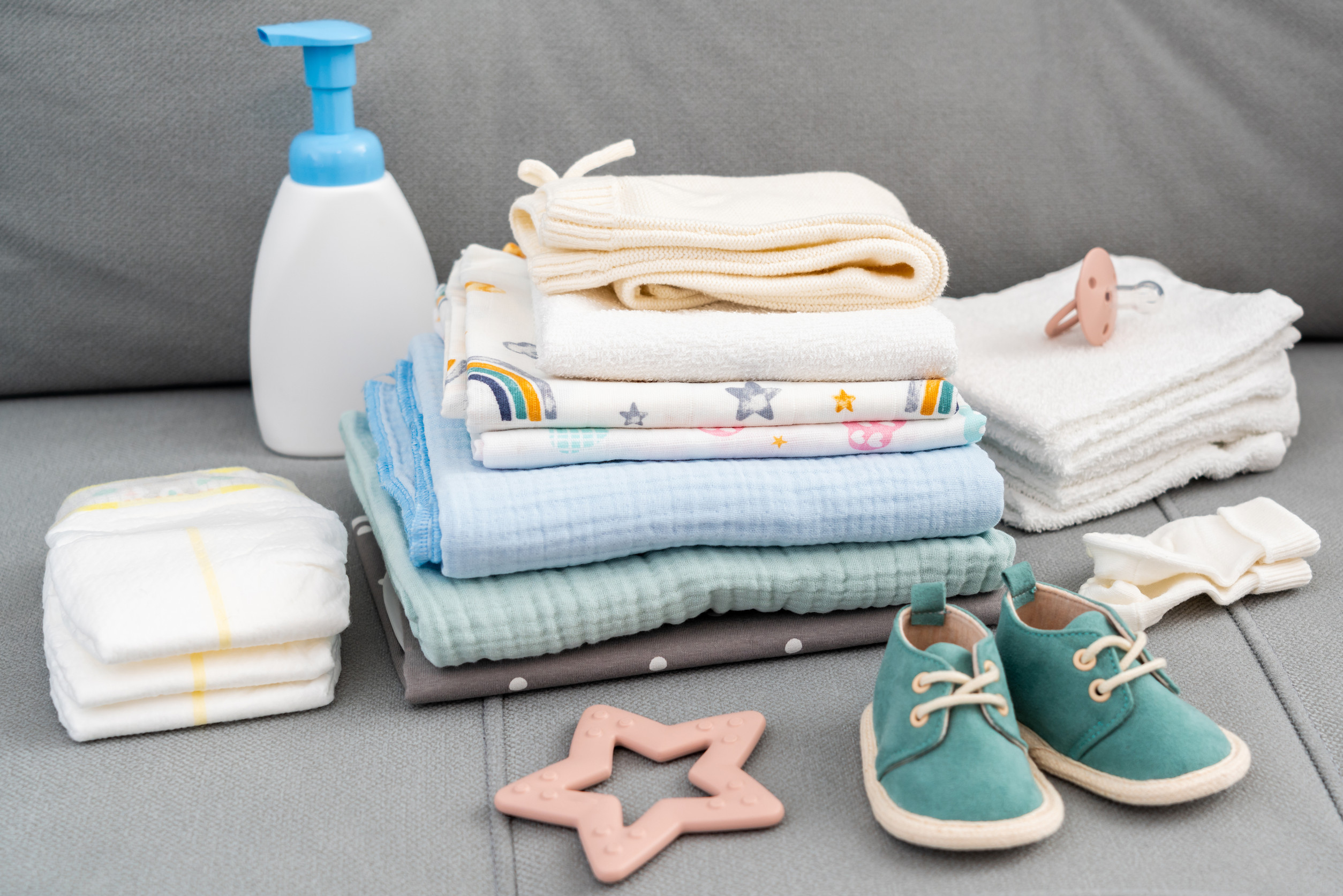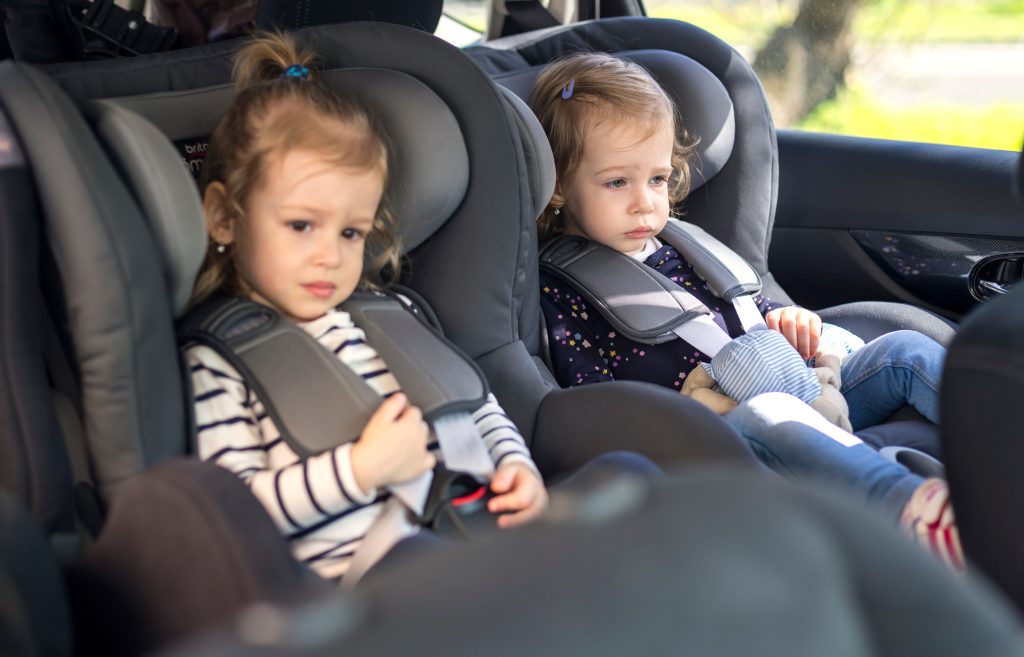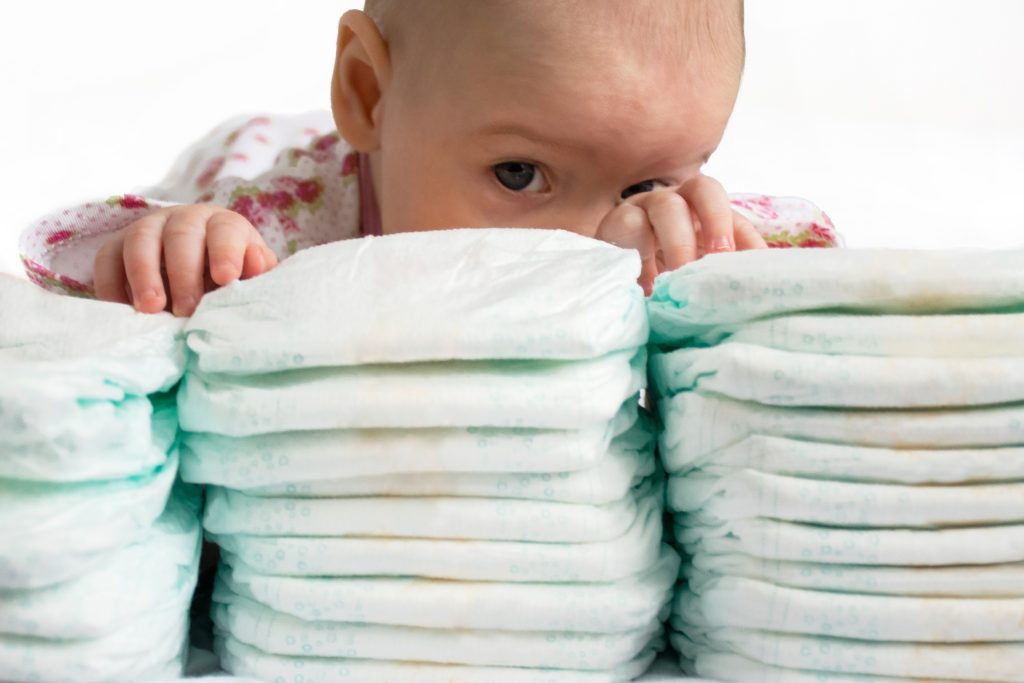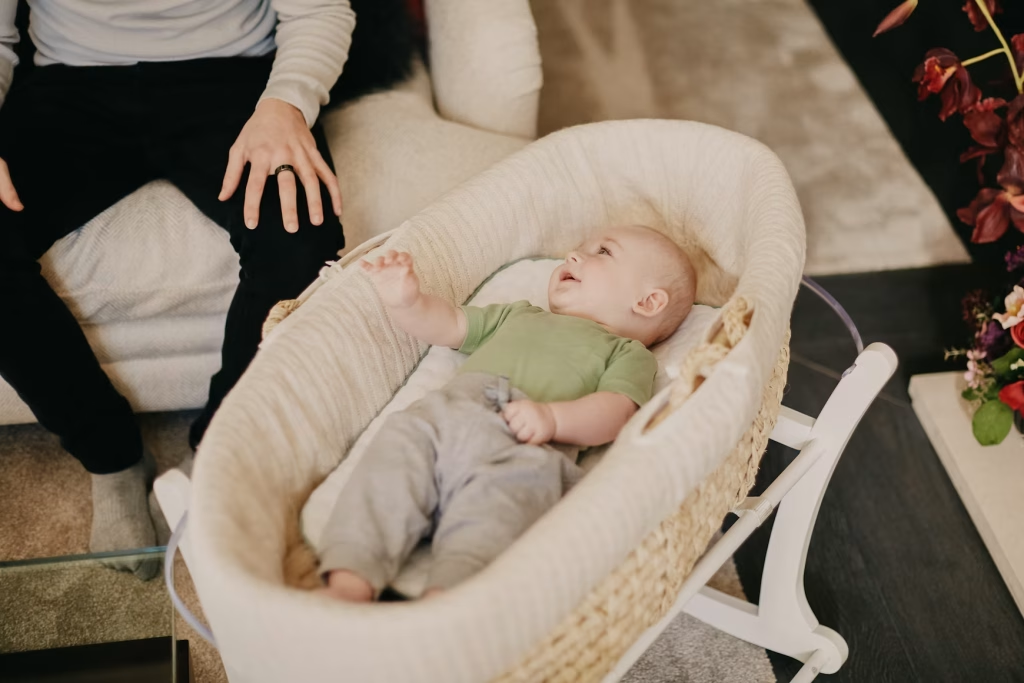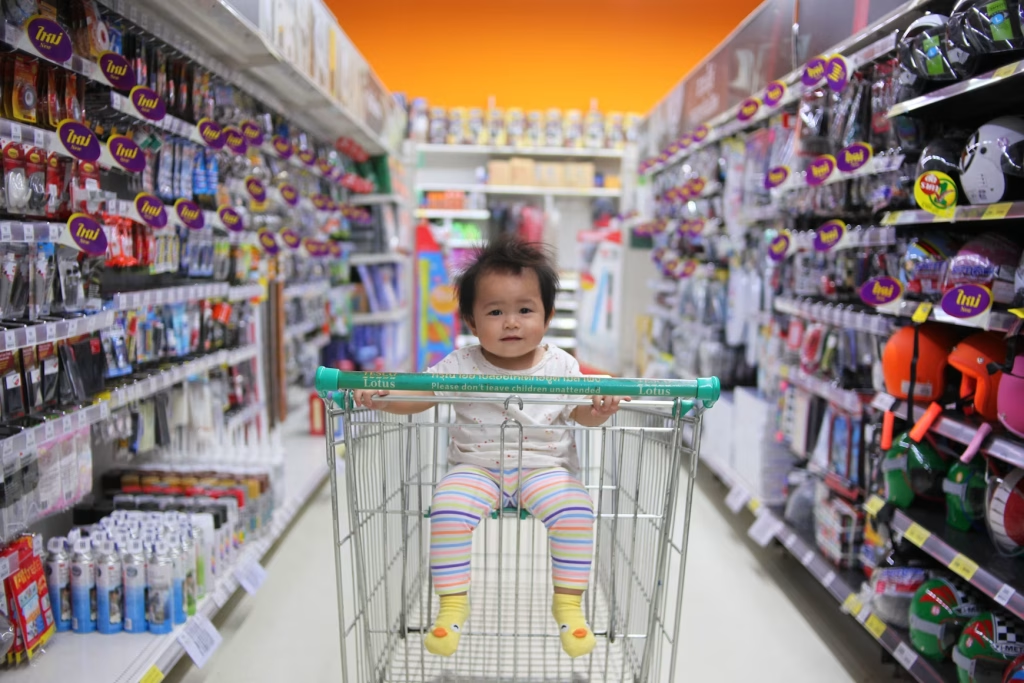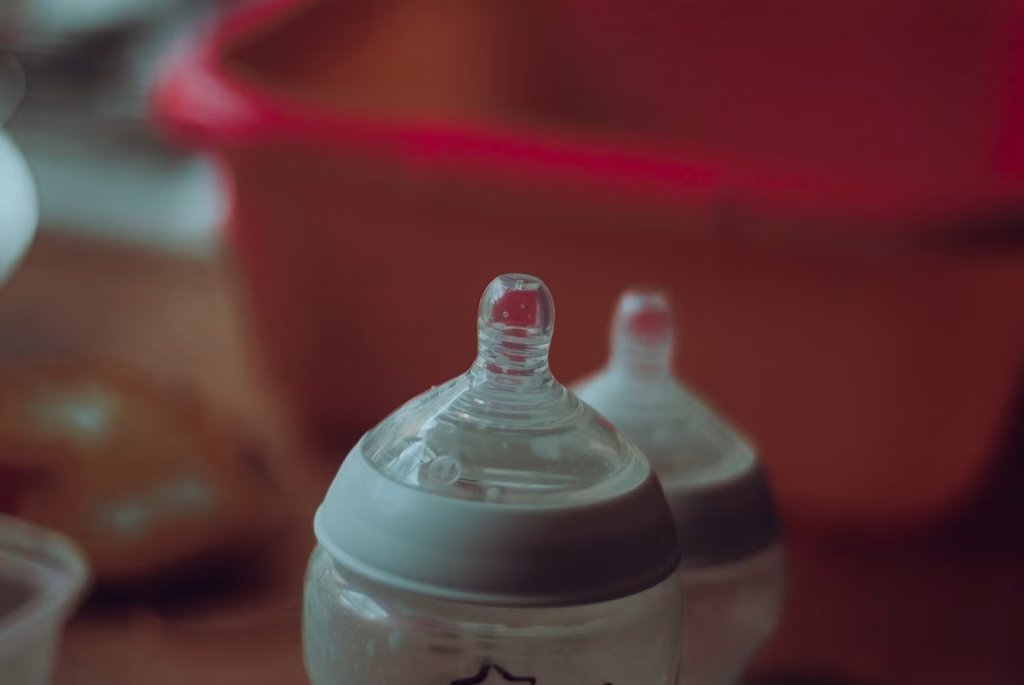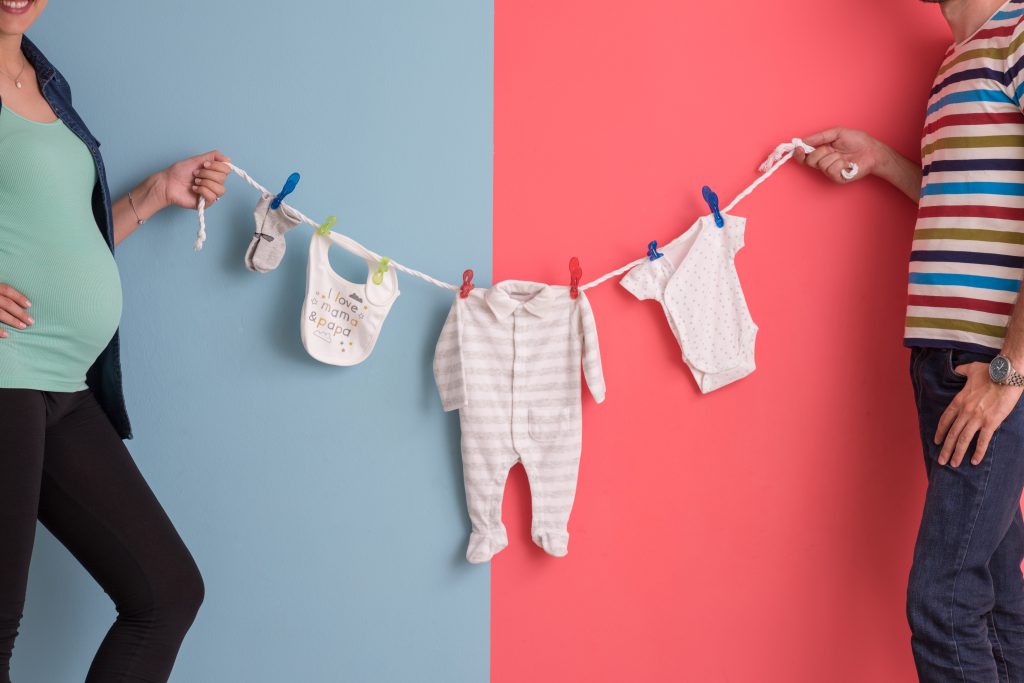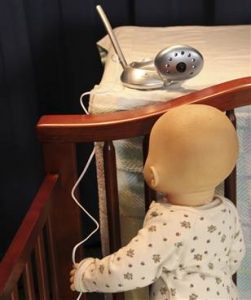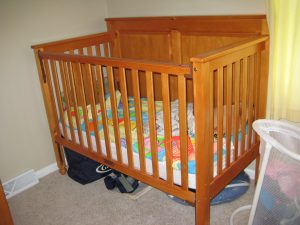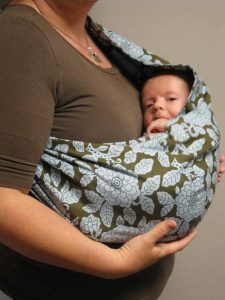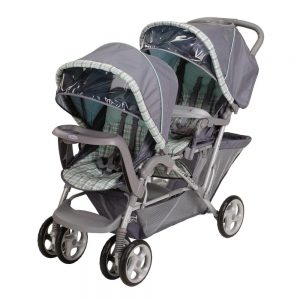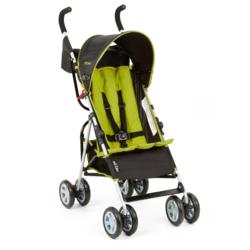When it comes to baby gear, peace of mind comes from knowing your child’s essentials are safe, secure, and functioning the way they should. Whether it’s a hand-me-down stroller or a brand-new crib, even the best-reviewed gear can pose risks if it isn’t regularly checked. Many parents assume that once an item is purchased, it’s good to go for the long haul—but that’s not always true. Everyday wear and tear, forgotten recalls, or improper assembly can quickly turn baby gear into a hazard. These six gear safety checks should be part of your routine to keep your little one protected from preventable dangers.
1. Check for Recalls on All Gear
Before using any baby gear, especially secondhand items, it’s important to check if the item has been recalled. Recalls often happen because a product poses a risk of injury, suffocation, entrapment, or even death. You can visit the Consumer Product Safety Commission (CPSC) website and search by brand or product name. Don’t assume that popular or expensive items are immune recalls affect products at all price points. Staying informed about recalls is one of the most critical gear safety steps you can take.
2. Inspect for Loose or Broken Parts
Over time, baby gear can develop loose screws, missing bolts, or cracks that compromise its safety. Car seats, highchairs, swings, and playpens should all be inspected regularly to ensure all components are secure and intact. Any broken or worn-down part should be replaced immediately with a manufacturer-approved piece. Never attempt to DIY a fix with makeshift solutions, as that can make things worse. Consistent inspection helps prevent sudden failures that could cause harm.
3. Examine Harnesses and Straps for Wear
Harnesses are designed to keep babies securely in place, but frayed or stretched-out straps can reduce their effectiveness. Check the stitching, buckles, and tension points on car seats, strollers, bouncers, and highchairs. If the straps no longer stay tight or have visible signs of damage, they could pose a serious risk during use. Make sure all harnesses are adjusted properly each time you use the gear. Functional, snug-fitting straps are a core part of gear safety that should never be overlooked.
4. Confirm Proper Assembly and Setup
Improper assembly is a common cause of baby gear malfunctions and injuries. Always read the instruction manual thoroughly, even if the gear seems self-explanatory. Items like cribs and bassinets must be assembled with precision to avoid collapse, entrapment, or tipping. Double-check that all locks are engaged, wheels are locked, and adjustable parts are secure. Don’t forget to re-check setup after travel or if someone else has moved or used the item.
5. Look for Stability and Tip Hazards
Any gear that sits on the floor—think jumpers, swings, or activity centers—should be tested for stability. Babies can easily shift their weight, causing lighter or poorly designed gear to tip over. Give each item a gentle nudge and test it with a bit of simulated movement to see how stable it is. Make sure the base is wide enough and sits flush with the floor, especially on uneven surfaces like carpet. Avoid placing gear near furniture or walls where it could shift or topple onto something else.
6. Monitor Age and Weight Limits
Every piece of baby gear has a recommended age and weight range, and exceeding those limits can increase risk. A car seat that’s too small or a swing meant for a newborn but used for a 20-pound baby can fail to provide adequate support. Keep track of your baby’s growth and check that their gear still fits their current needs. If an item is too snug, too loose, or lacks head and neck support, it’s time to retire it. Respecting the manufacturer’s limits is a smart and simple gear safety practice.
Safe Gear, Safer Babies
Taking a few minutes to perform gear safety checks can prevent avoidable injuries and give you greater confidence every time your baby uses their essentials. These aren’t one-and-done tasks—they’re habits that can evolve with your child’s needs and growth. Whether you’re a new parent or a seasoned one, a quick safety inspection is always worth your time. Trusting your gear starts with knowing it’s reliable, secure, and ready to support your child. When safety is part of the routine, peace of mind naturally follows.
Which baby gear safety checks do you make a habit of? Share your go-to tips in the comments!
Read More:
Too Safe? 8 Modern Safety Gear Items Parents Didn’t Grow Up With
8 Baby Nursery Ideas That’ll Make Your Friends Jealous
Catherine is a tech-savvy writer who has focused on the personal finance space for more than eight years. She has a Bachelor’s in Information Technology and enjoys showcasing how tech can simplify everyday personal finance tasks like budgeting, spending tracking, and planning for the future. Additionally, she’s explored the ins and outs of the world of side hustles and loves to share what she’s learned along the way. When she’s not working, you can find her relaxing at home in the Pacific Northwest with her two cats or enjoying a cup of coffee at her neighborhood cafe.
